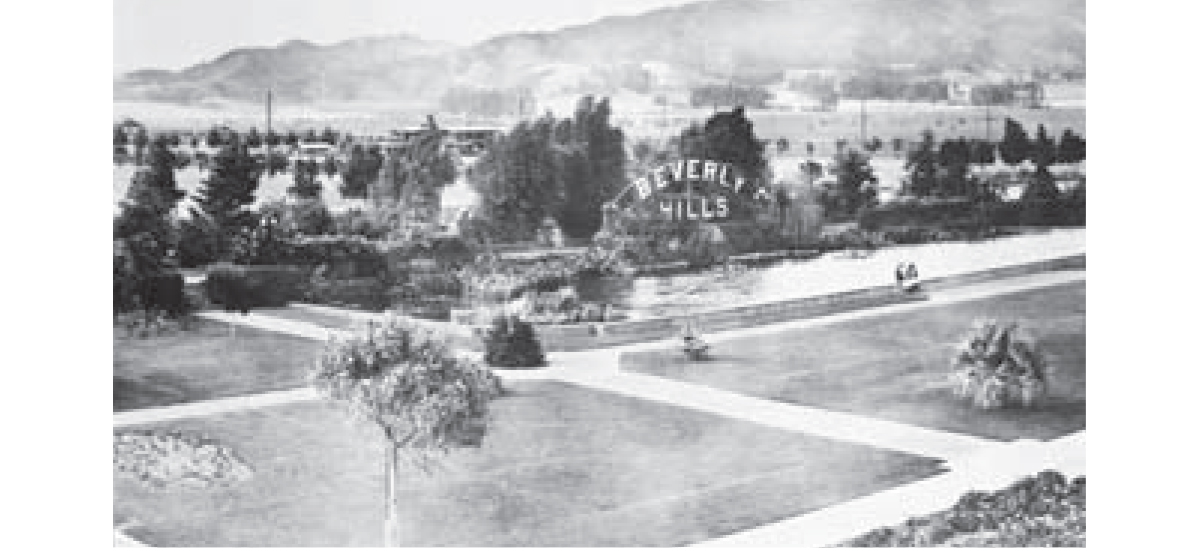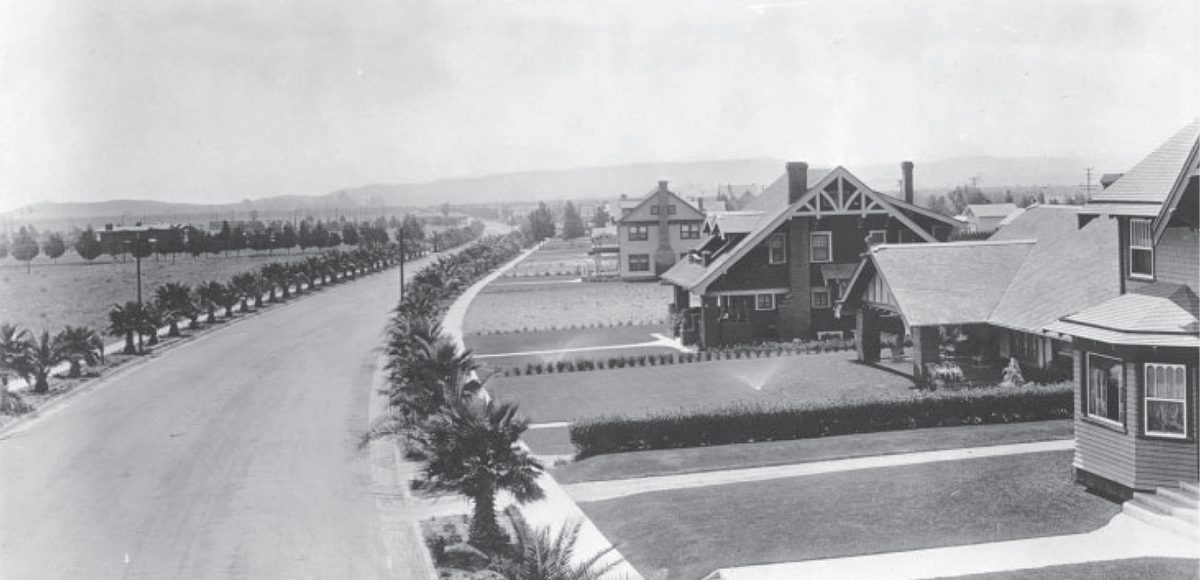What skyscrapers are to New York City, palm trees are to Beverly Hills. The palms that line the streets of Canon Drive are as emblematic of the City as the Beverly Hills sign itself. The lean palms that decorate the City date back to 1907 and have since grown as tall as 85 ft. in height. For the public, maintaining the trees is important to the identity of Beverly Hills. Ironically, this species of flora is not native to this area, but the region’s Mediterranean climate is hospitable for their growth.
The determining factor for removal of the palms is height, but replacing mature trees plays an important role in keeping our urban forest sustainable. New palms take several years before the trunk is visible, but as the young palms grow in tandem with the old, they will ultimately inhabit the space of their predecessors.
This was one of the many items discussed Dec. 5, at an open meeting held by the Beverly Hills Design Review Commission to review a highly anticipated citywide Urban Forest Management Plan (UFMP). The City hired an outside environmental consulting firm, Dudek, to help prepare a plan for the Beverly Hills treescape for the next 100 years.
Sitting before Chair Barry Bernstein, Vice Chair Tony Spann, and Commissioners Ilona Sherman, Mahnaz Sharifi, and Sandy Pressman, Kenneth Pfalzgraf introduced himself as the city’s “Lorax.” Pfalzgraf, Parks and Urban Forest Manager for Beverly Hills, has served the City’s urban forest for nearly 20 years, overseeing approximately 25,000 trees on public City land and parks.
Ryan Allen, a consultant from Dudek who will be working closely with the City’s staff on the UFMP, unveiled the initial planning for the public and presented the early stages of their findings. Dudek is looking at the City’s tree inventory and assessing its diversity, health, and putting together a plan for all the internal practices that go into managing and maintaining the trees so that in 100 years they will still be standing tall. Their initial assessment found that the approximately 71 percent of the trees in Beverly Hills are on private property, requiring the city to put in place management practices.
“We’re looking at how all the different actors in the City relate to trees and making sure that those communications work well,” said Allen. “There’s a variety of different departments and elected officials that have some amount of influence on trees in the City. So, we’ve been meeting with all those different departments, interviewing them, finding out what their roles and challenges are with working with trees and trying to figure out ways to make sure that those processes work better.”
The plan is divided into two phases spanning over the next 18 months.
The first phase evaluates trees that are prone to wildfires, specifically on both public and private land North of Sunset Boulevard. The report will summarize species of trees that are deemed hazardous and suggest specific ways to manage and mitigate safety issues through tree maintenance practices.
Dudek is working with the fire department to review strategies for removal, replacement, tree spacing guides, and height restrictions, respectively. By evaluating the different arbor species, the City will be able to better manage at risk areas to be as safe as possible.
The second phase is to provide the public with a comprehensive document accessible to all audiences about the complexities of urban forest practices and management.
By actively managing the urban trees, the community reaps a myriad of benefits and services they provide. Whether it’s saving energy at home, sequestering carbon and greenhouse gas emissions, helping to fight climate change, or capturing storm water to reduce urban heat, trees are some of City’s most vital infrastructure. “Unlike other infrastructure, the older they get and the bigger they get, the more benefit and the more service that you’re going to receive from them,” Allen told the Commission.
The first draft of the UFMP is anticipated in April or May of 2020, when it will then be reviewed by the City and public. The next draft is scheduled for completion in August.
In the wake of the City’s ongoing drought problems, Commissioner Mahnaz Sharifi asked Allen if he had any recommendations on drought tolerant trees. Vice Chair Tony Spann followed up with, “Ryan really didn’t answer Commissioners Sharifi ‘s question. As I understand it, Los Angeles is a coastal desert and so when we see these code requirements, we prefer drought tolerant native trees. Well, in LA, there are no
native trees. So, what’s happening all across Southern California?” Vice Chair Spann continued, “None of it is native except maybe Oaks, some grasses and shrubs, but the rest of it is all going to be imported from other places? I think we as a Commission need to know that because we see documents push for drought tolerant native species. Well, there aren’t any.”
There is only a short list of native species to the Los Angeles region, such as Coastal Valley Oaks Sycamore Trees. “Pretty much every community within the Los Angeles County area didn’t have trees,” Allen replied. “So, anything that’s here was planned and planted as the City grew and developed. I just looked at a picture a couple days ago of Beverly Hills from 1920 and there were not a lot of trees there. So, as we developed the plan, we’re encouraging the planting of local native trees, which are a good thing for biodiversity issues.” However, due to the size of oaks, finding a public space big enough can be challenging.
Before closing statements, Vice Chair Tony Spann remarked, “This is quite an undertaking. These kind of plans in my experience is a little bit hard to enforce but I like where you’re heading.”
Residents are urged to get involved and share public opinion by taking an online survey done by Dudek, which will be up through January. The next Urban Forest Management Plan open meeting is scheduled for Dec. 12, unveiling a draft of the Wildfire Hazard Evaluation and Mitigation Chapter at the City Hall Council Chamber.








